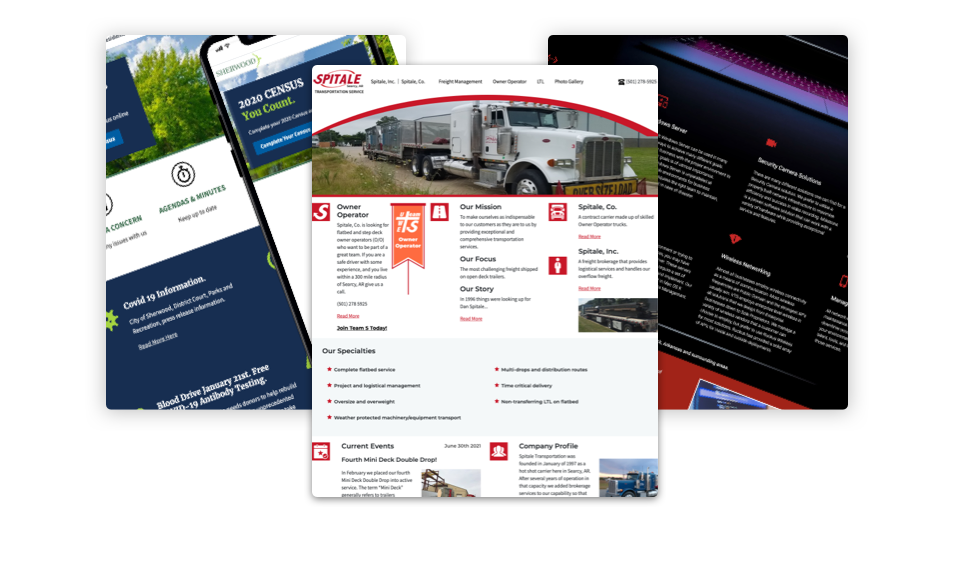Principles
My guiding principles for design.
01.
Principles
Its extremely important to unify your UX process from within your organization. Provide resources and guidelines for every step of the UX process to help create consistent and faster to market products, websites and applications. All product verticals should adhere to design guidelines that provide partners/customers with a familiar, consistent experience.
- Learn about user habits and pain-points.
- Survey to gather more information on users.
- Understand the usability patterns.
- Why do people do the things the way they do?
- What do you like/dislike?
- What would you change?
- Never assume.
- Competitive Research.
- Study the market. Consider the trends, upcoming technology, and focus on your consumer. Build a product for the user but you must also understand the business perspective.
- Personas.
- Create characters that represent the needs of a larger group of users.
- Design Principles.
- Make the design ready for changing behavior, no frustrations in the user journey, and make interaction fun.
- Whiteboard, Sketches and Wireframing.
- UI & Prototypes, HTML & CSS, frameworks, designs systems and style guides.
- Implementation and iteration.
- Design is a continuous process.
- User Testing.
- Choosing the best testing methods (Moderated/Unmoderated etc.). What did the user do that opened your eyes? Why does nobody read anything on the page anymore?
02.
Websites
I started building websites professionally in the early 2000's. I only do a few websites a year in my own time. I do still enjoy the process and it encourages me to keep an eye on trends and sharpen my html/css knowledge. Some examples of my work can be found on the showcase section.

03.
Accessibility
I've been working with state Government for many years. I've learned a lot about accessibility and its important considerations. Even now many large multi-million dollar corporations forget the details when it comes to their website visitors with disabilities.
State and Federal websites are required to be 508 compliant. It is the law to adhere to Section 508 regulations, which are an amendment to the Rehabilitation Act of 1973 and apply to all information technology, including computer hardware, software and documentation.
Section 508 may not apply to your website, but other laws likely do, so your website should be accessible. Most accessibility standards are moving toward WCAG 2.0 standards to best meet the needs of people with disabilities. Regardless of whether or not federal regulations apply to your website, designing for all users is a best practice, and will help your organization more effectively meet the needs of all your customers.
If you'd like to read more about accessibility I've put together a pretty comprehensive website to help designers and others navigate accessibility compliance. Please visit Designing for Accessibility

